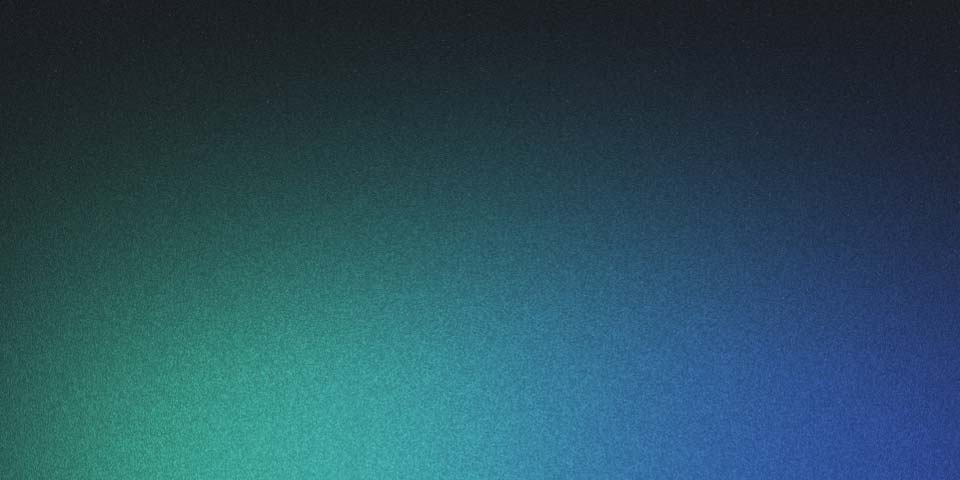
Getting Started with React Three Fiber
React Three Fiber has revolutionized how we approach 3D development on the web. By bringing React’s declarative approach to Three.js, it makes complex 3D scenes more manageable and maintainable.
Setting Up Your First Scene
Getting started with React Three Fiber is surprisingly straightforward. Here’s a basic setup:
import { Canvas } from '@react-three/fiber'
import { OrbitControls, Box } from '@react-three/drei'
function Scene() {
return (
<Canvas>
<ambientLight intensity={0.5} />
<pointLight position={[10, 10, 10]} />
<Box position={[-1.2, 0, 0]}>
<meshStandardMaterial color="orange" />
</Box>
<OrbitControls />
</Canvas>
)
}The Drei Ecosystem
The @react-three/drei package provides a collection of useful helpers and abstractions that make common 3D patterns much easier to implement:
- Controls - OrbitControls, FlyControls, FirstPersonControls
- Cameras - PerspectiveCamera, OrthographicCamera
- Helpers - Grid, Axes, Stats
- Loaders - GLTF, FBX, OBJ loading utilities
Performance Considerations
When building 3D web experiences, performance is crucial:
- Use instancing for repeated geometry
- Optimize textures - compress and resize appropriately
- Level of detail (LOD) for complex models
- Frustum culling to avoid rendering off-screen objects
Advanced Features
React Three Fiber supports advanced Three.js features like:
- Custom shaders and materials
- Post-processing effects
- Physics integration with Cannon.js or Rapier
- Animation systems with React Spring
Conclusion
React Three Fiber bridges the gap between React development and 3D graphics, making it accessible to a broader audience of developers. Its declarative approach and rich ecosystem make it an excellent choice for web-based 3D projects.